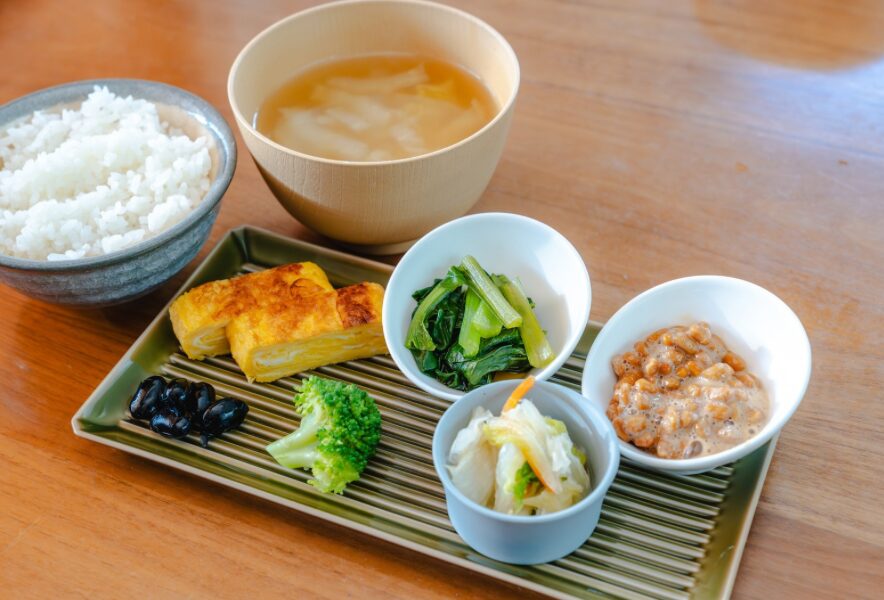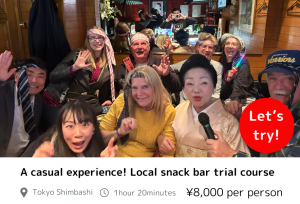When people travel to Japan, they often look forward to sushi, ramen, and tempura. These dishes are famous worldwide and usually feel approachable even for first-time visitors. Yet, Japanese cuisine has another side—one filled with unique flavors, textures, and aromas that can feel unusual or even intimidating for those who did not grow up with them. Certain traditional foods stand out because of their strong smell, sourness, or that sudden punch of spice hitting your nose. For many foreigners, the first reaction might be hesitation. But once you step closer, you realize these ingredients are deeply tied to Japanese culture, health, and everyday meals. Let’s look at three foods that often surprise international visitors: natto, umeboshi, and wasabi.
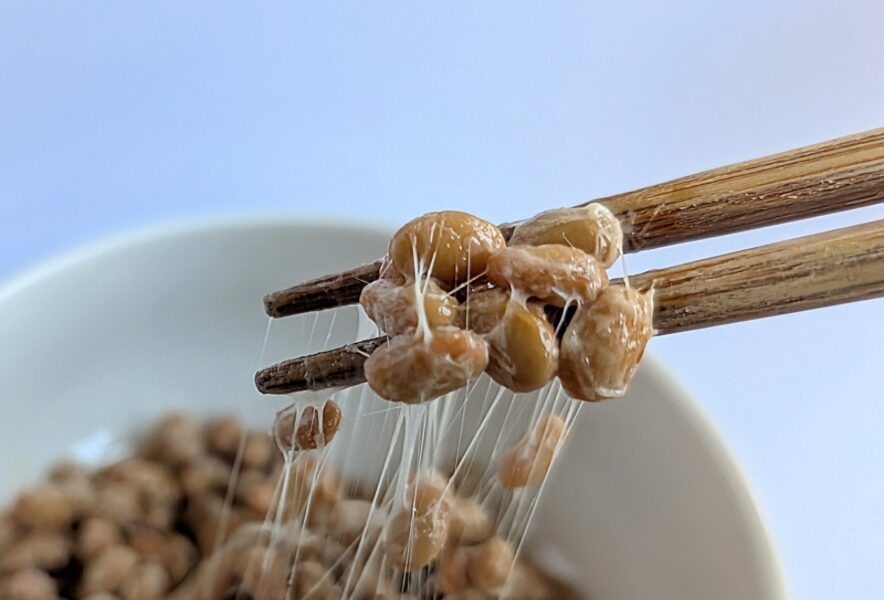
Contents
Natto: The Sticky Fermented Soybeans
Natto is one of the most iconic “love it or hate it” foods in Japan. Made by fermenting soybeans with Bacillus subtilis, natto is packed with protein, vitamins, and probiotics. What makes it challenging for foreigners is not the nutrition but the texture and smell. Sticky strings form as you stir it, and the scent can be quite pungent. For many, this slimy appearance feels far from appetizing. Yet in Japan, natto is a traditional breakfast staple, often served over rice with soy sauce, mustard, or chopped green onions. Once you get used to it, natto offers a nutty flavor and a surprisingly satisfying depth. It’s also praised for boosting gut health, making it one of Japan’s hidden superfoods.
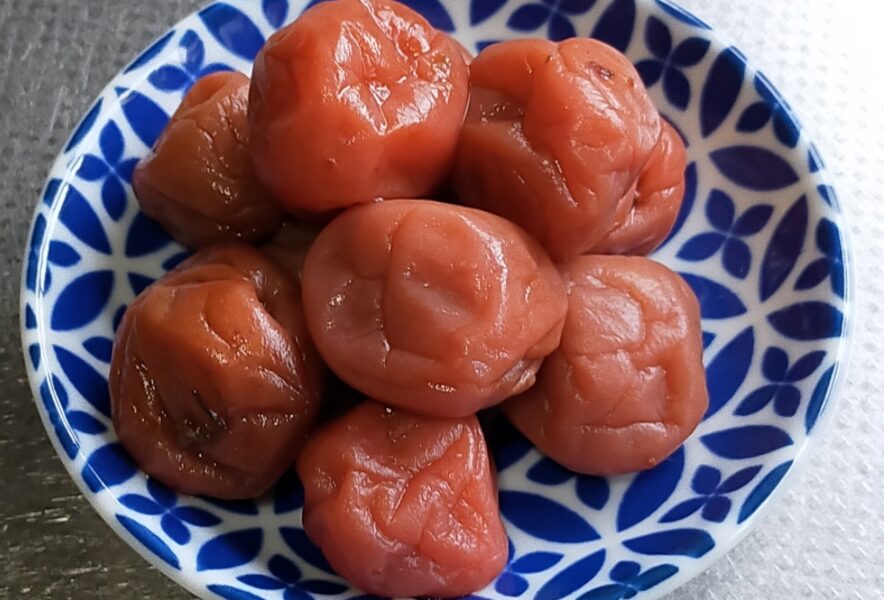
Umeboshi: The Sour Pickled Plum
If natto tests your tolerance for texture, umeboshi challenges your taste buds with intensity. Umeboshi are salted and pickled plums, often described as mouth-puckeringly sour and salty at the same time. For Japanese people, umeboshi carries nostalgia, often placed inside rice balls (onigiri) or served with plain rice. Foreign visitors, however, may be shocked by the sheer sharpness of flavor. Just a small bite can make your face tighten instantly. But behind that sour punch lies a long tradition: umeboshi were valued as a natural preservative and an aid for digestion. They are also believed to help with fatigue and recovery, which is why they are still loved in modern Japanese households.
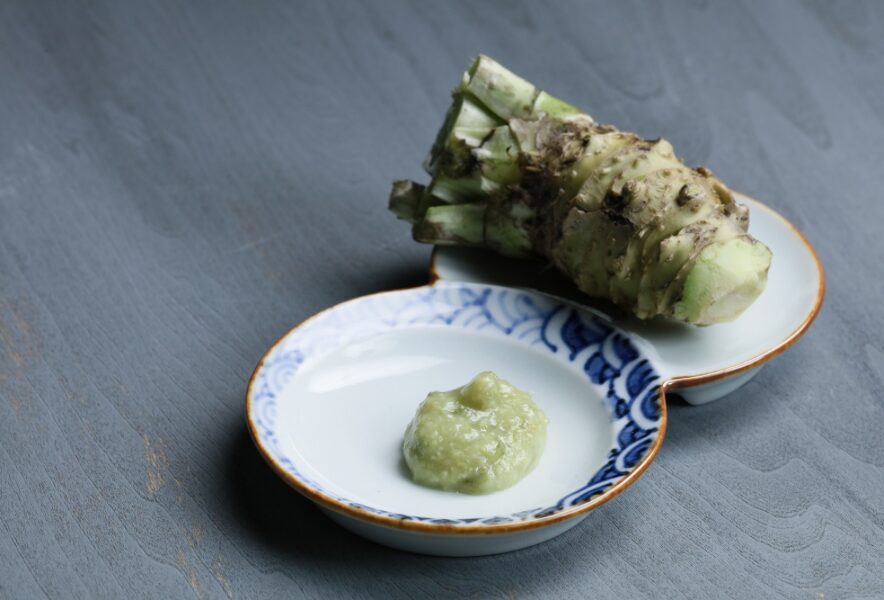
Wasabi: The Fiery Green Root
Unlike chili peppers that burn your tongue, wasabi delivers its heat through your nose. This green paste, often served with sushi, creates a sharp and quick sensation that surprises first-timers. Real wasabi is made by grating the fresh root, though outside Japan it is often replaced by a mixture of horseradish, mustard, and green coloring. The authentic version, however, has a refined flavor that enhances fish without overwhelming it. Beyond sushi, wasabi appears in dressings, snacks, and even ice cream in Japan. Its antimicrobial properties also historically made it a safe pairing with raw fish. The moment of shock may be strong, but it soon turns into an appreciation of its refreshing aftertaste.
Conclusion: Surprising Yet Worth Trying
Natto, umeboshi, and wasabi each carry flavors and textures that can initially feel extreme. They are foods that spark curiosity and sometimes hesitation among international travelers. But beyond the surprise, these ingredients hold cultural importance and health benefits. Natto supports digestion and protein intake, umeboshi provides natural sourness and aids recovery, and wasabi brings freshness while complementing raw fish. Together, they show how Japanese cuisine is not only about comfort but also about balance and wellness.
So when you visit Japan, don’t stop at the familiar dishes. Try these unique flavors that Japanese people have cherished for centuries. They may shock you at first, but they are also healthy, memorable, and essential to understanding Japanese food culture. Sometimes, the most unusual bite becomes the one you remember most fondly.
Let’s go to Izakaya and a Japanese Snack-bar with a fun guide!!
You can enjoy many kinds of food at Izakaya and drinking culture Snack Bars, beloved by many but you can’t enter without a guide. You can enjoy communication with the owner and other customers, as well as singing karaoke, allowing for a relaxing time.
Most snack bars have a policy of refusing entry to foreigners. However, with a tour, you’ll have a guide, so you can enter with peace of mind.
When visiting Japan, don’t just check off the tourist spots –
dive into local experiences for an unforgettable journey!
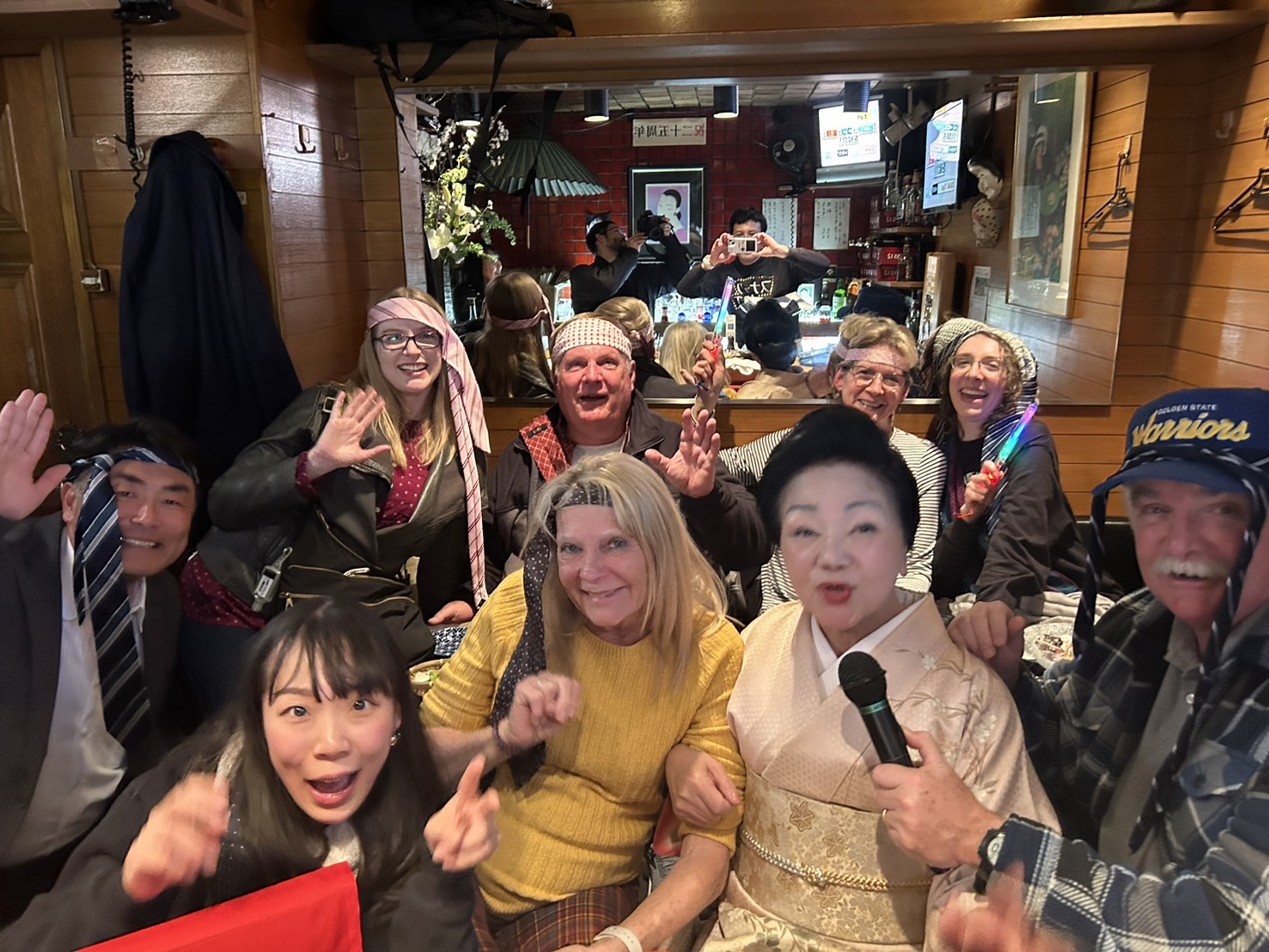
Once you experience it, you’ll be captivated too! The charm of snack bars.

New encounters with people! The camaraderie of singing at a snack bar! Conversations with the mama-san!

